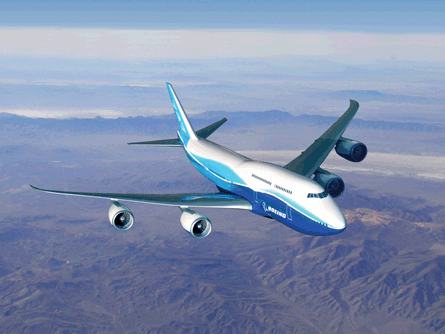Boeing has slashed its forecast for large aircraft by 25% in its latest market outlook, covering the 20-year period to 2028.
The airframer sees demand for 740 aircraft in the Boeing 747 or Airbus A380 category, far fewer than the 980 which featured in its last analysis a year ago.
Speaking during a briefing in London today, Boeing Commercial Airplanes marketing vice-president Randy Tinseth said the cargo sector accounted for most of the difference.
"The majority of large aircraft coming out of the forecast are freighters," he says.
Boeing foresees an overall demand for 29,000 new aircraft over the next two decades, a reduction of 400 on last year's figure. But the total market value of these aircraft, it adds, will remain static at $3.2 trillion.
 |
|---|
© Boeing |
In addition to the 240 fewer large airframes, Boeing predicts the demand in regional aircraft will fall by 410 to 2,100.
The outlook includes a slight rise in single-aisle demand from 19,160 to 19,460 aircraft and a small decline in twin-aisle demand from 6,750 to 6,700.
Fewer new aircraft, 12,200 of the 29,000 total, will be used for replacement while the number of growth aircraft is almost unchanged at 16,800.
Asia-Pacific remains the largest future market. Boeing expects the region to account for 8,960 new aircraft, about 31% of the total, and 36% of the value - some $1.13 trillion.
"The long-term outlook points to the next 20 years as being a time in which we see fundamental underlying factors supporting a strong need for new aircraft," says Tinseth.
Boeing foresees an overall global fleet of 35,600 aircraft by 2028, with 6,600 aircraft from the current fleet being retained in 20 years' time.
This global fleet will include 24,230 single-aisle aircraft, 8,080 twin-aisle, 1,070 large jets, and 2,220 regional types.
Source: Air Transport Intelligence news
















